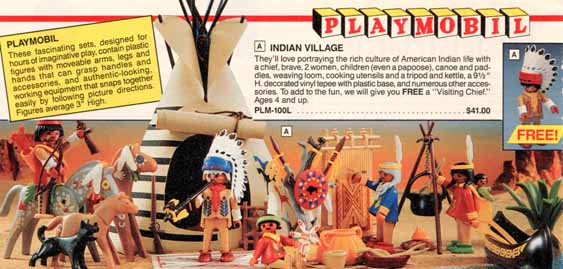Teaching for the Test
How hard could it be for a top teacher at an elite high school to win the coveted National Board certification? You'd be surprised. He sure was.
"Do you think they're ready for the quiz, Ms. Bain?" I deadpanned.
"Sure," replied my partner, Jen Bain, a history teacher with whom I shared this class of 50 kids. The students' nervous smiles froze as we walked around the room, distributing quiz papers.
No one did too well, of course, which was the point. In a school year marked by the regional observance of the 400th anniversary of Jamestown, North America's "first" settlement, none of our students knew about the people who had lived here for centuries before the European colonists arrived. To be honest, their teachers didn't know much, either.
Together, we learned as we went. We discovered that there are eight recognized groups of Native Americans in Virginia, but the reason most of us only vaguely recognize tribe names such as Pamunkey or Mattaponi is that Walter Plecker, Virginia's state registrar from 1912 to the mid-1940s, had essentially wiped them from the census by vigorously applying to Native Americans the "one-drop rule" originally designed to deny voting rights to blacks. One drop of Indian blood, and you didn't exist.
To kick off the canoe project, we invited an expert in primitive technology, who strode through the halls clad in Davy Crockett buckskins. After he made fire in the school courtyard four different ways without a match, one student wrote in her canoe notebook, "Maybe Native American technology wasn't so primitive after all."
Now we know why Virginia's tribe's are seeking federal recognition. It isn't because they aren't true Indians. It's because their status as Indians was voided by prejudiced white men.


Writerfella here --
ReplyDeleteWhat is missing from that extremely centrist, specious article and argument about those 'newly-minted' 10th graders is that few of them can spell well at all, or write a good, clean English sentence, or find Cincinnati on a map of the United States, or name the 17th President. Too bad that the media are continuing to fail these 10th graders so badly, as it certainly MUST NOT BE due to the educational system itself! Better to blame David Letterman and Larry McMurtry and J. J. Abrams and the NBC Nightly News, among others! Hmm, one wonders if the national averages in ACT scores rose any during the 100-day Hollywood writers' strike?
All Best
Russ Bates
'writerfella'
So you agree with me now that the media's to blame for our limited and stereotypical knowledge of Indians? Finally!
ReplyDeleteI've already blamed Larry McMurtry and Diana Ossana for misinforming us about Comanche history and culture in Comanche Moon. Fortunately, I pointed out their most egregious mistakes.
Writerfella here --
ReplyDeleteWe would find ourselves in any kind of eventual 'agreement,' IF you could point out that the lack of new, original programming reduced the causation factor in children's attitudes anent Native Americans. Lacking such, then what you have been stumping and pumping for is as much fallacy as is this blog itself. Show us all a picture of COMANCHE MOON perpetuating your theses...
All Best
Russ Bates
'writerfella'
Did you miss all the times people have pointed out the lack of original programming about Indians? I and others do it often. See the article I wrote about Joanelle Romero, for instance.
ReplyDeleteI posted a picture of the stereotypical Indians in Comanche Moon at the bottom of Educating Russ About Historical Accuracy. Did you miss that too? These Indians were based on McMurtry and Ossana's stereotypical screenplay, which I've criticized repeatedly.
Writerfella here --
ReplyDeleteWhat you have missed and failed to mention, therefore, is that Larry McMurtry and Diana Ossana, and then executives at CBS, all have failed to READ what you have written about their COMANCHE MOON project! Ach du lieber! HOW could they have missed it?
All Best
Russ Bates
'writerfella'
I haven't missed anything, but you must've missed the times I said I'm writing to educate readers and viewers. If audiences learn to distinguish between stereotypical and nonstereotypical works, they'll demand more of the latter.
ReplyDeleteYour stupid mistake if you thought I was writing to McMurtry, Ossana, and CBS's executives and hoping they'd chance across my blog. If I had meant to send my critiques to them, I would've done so.
hey, guys--everything you say is true, but there are some encouraging developments. because my stepson married a Yurok (Northern California) woman, I have three Native grandsons, all of whom love the work of Sherman Alexie, a Spokane native.
ReplyDeleteNatives are making movies--see especially Chris Eyre--and young folk are watching them. And many of them are learning the language lost to their parents because of the boarding schools.
The world has moved beyond McMurtry and yes, the mainstream media needs to catch up.
Peace...